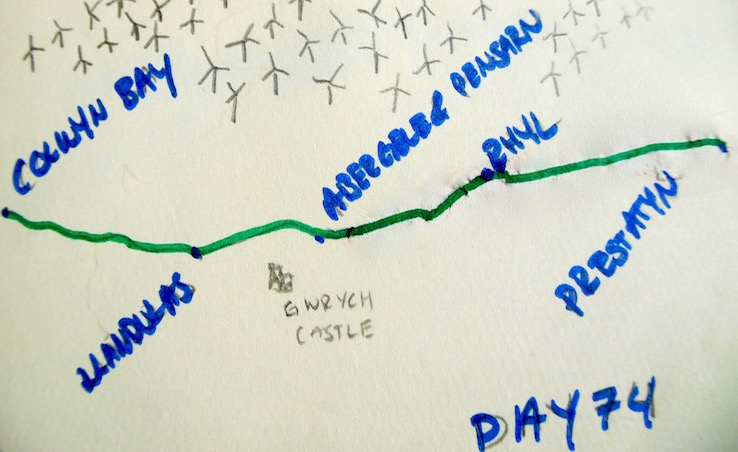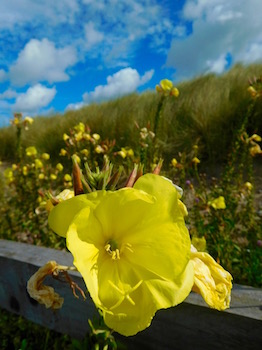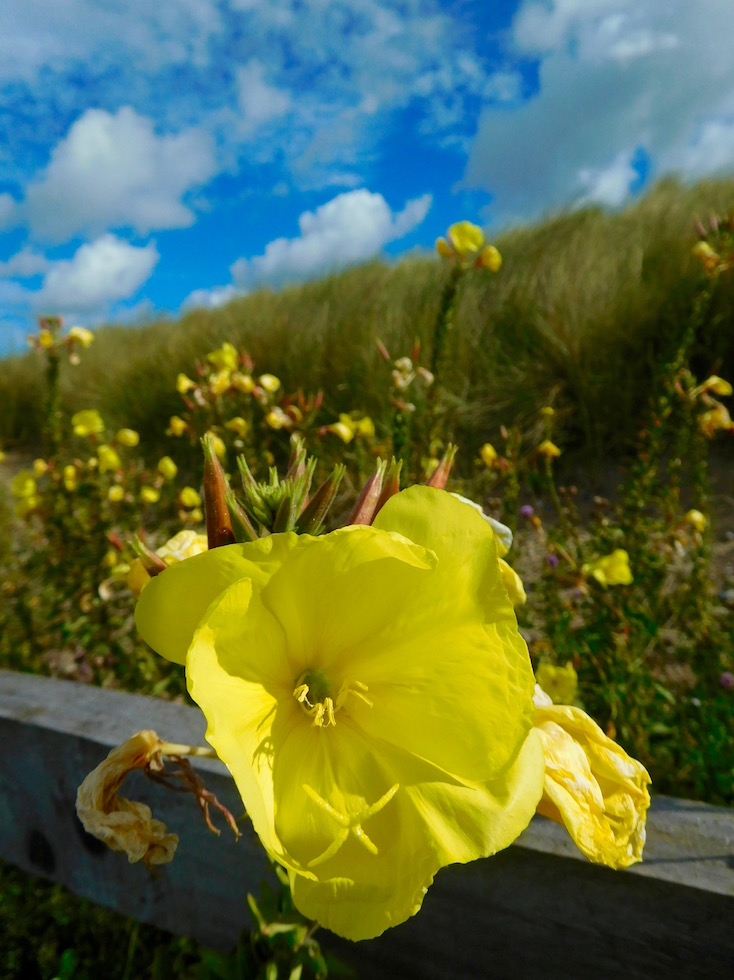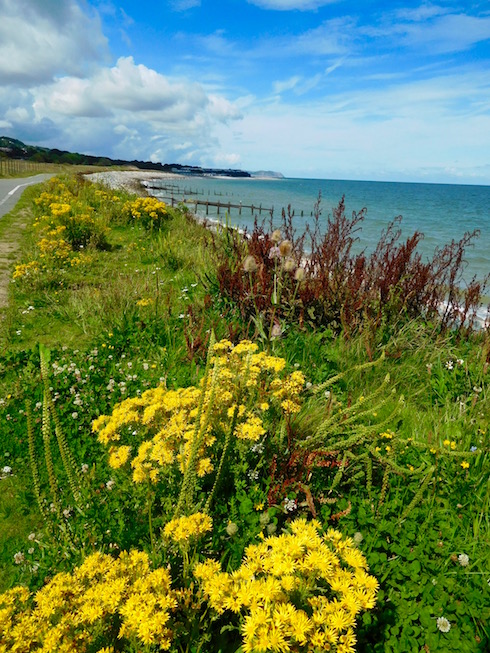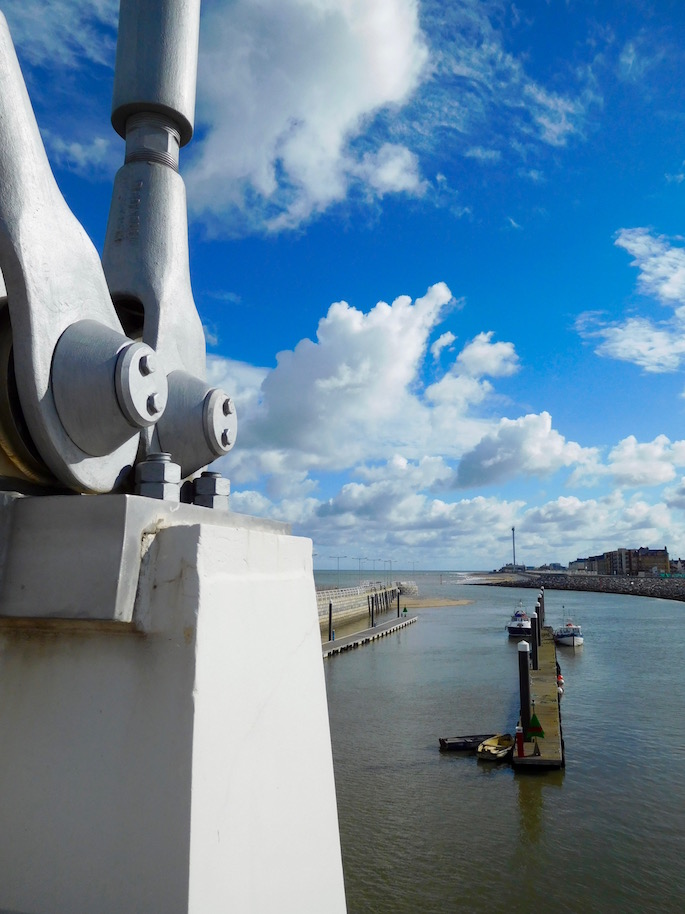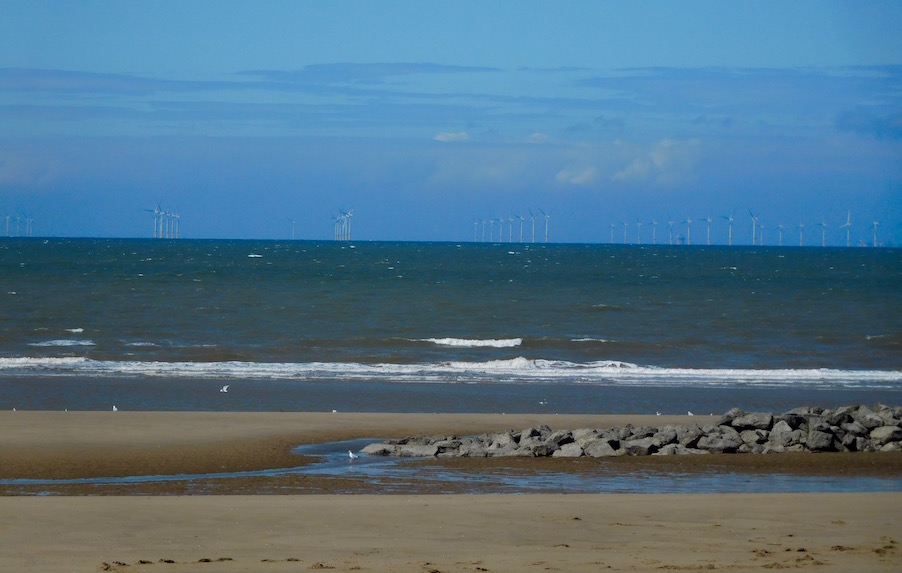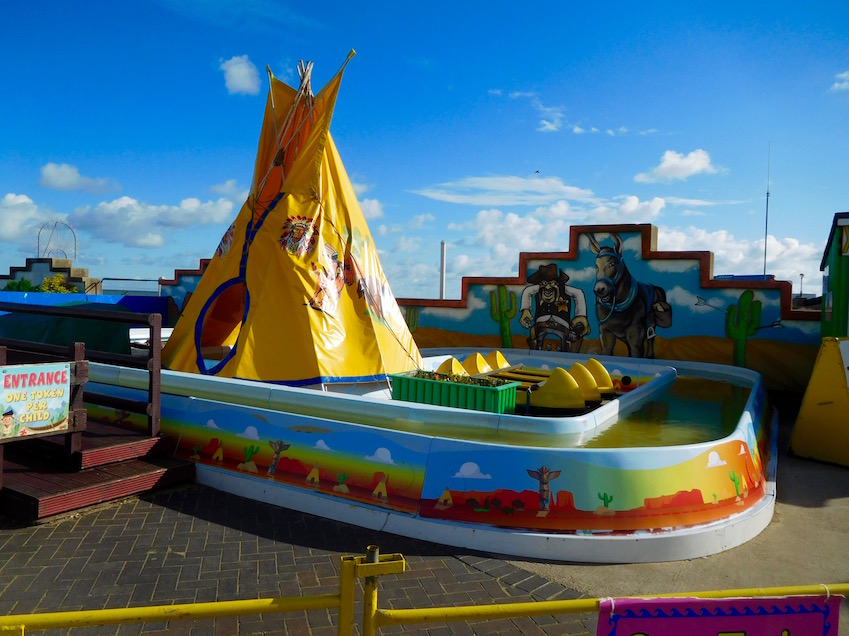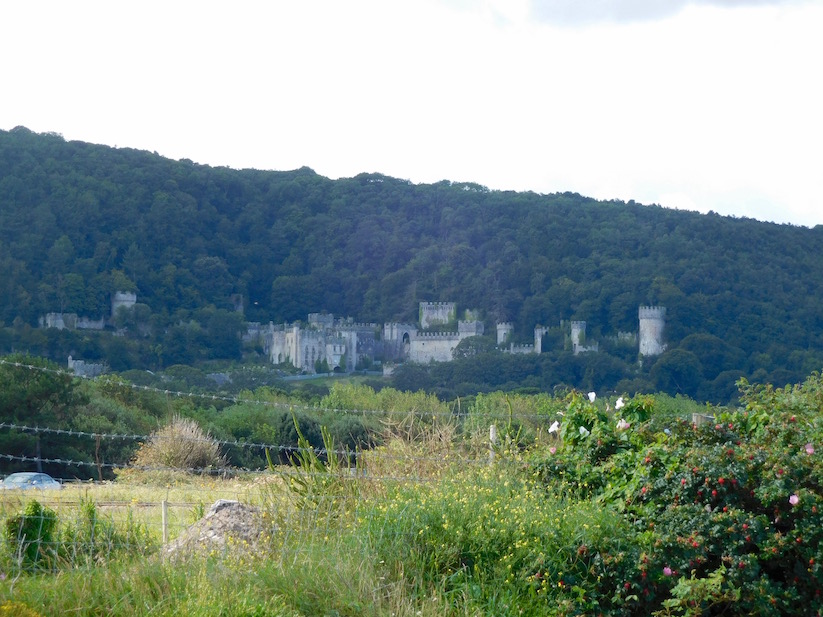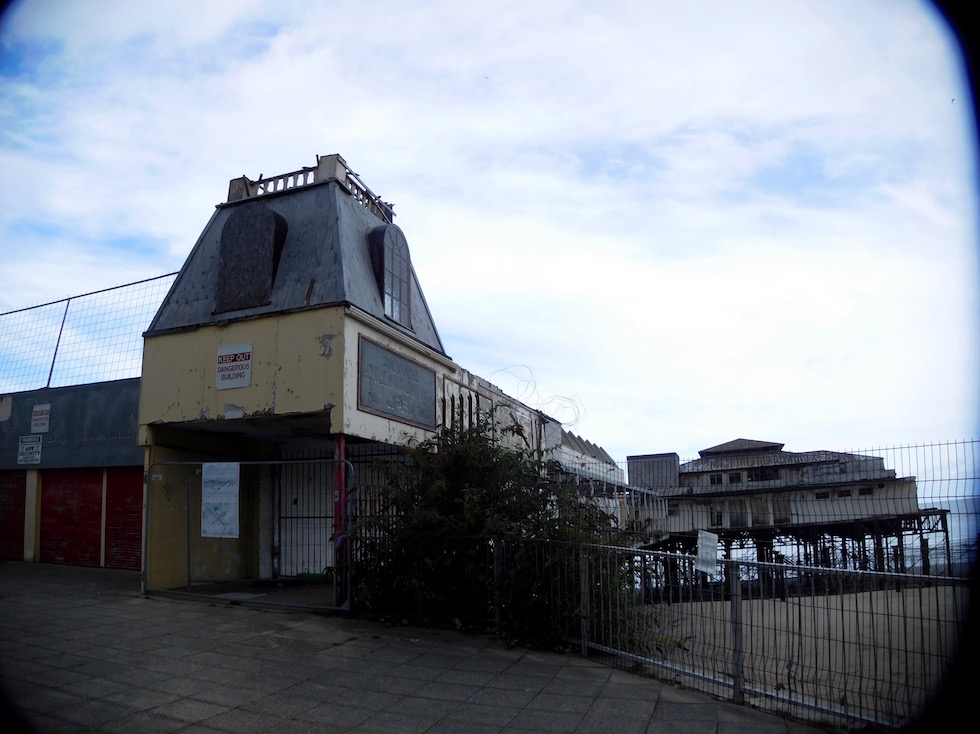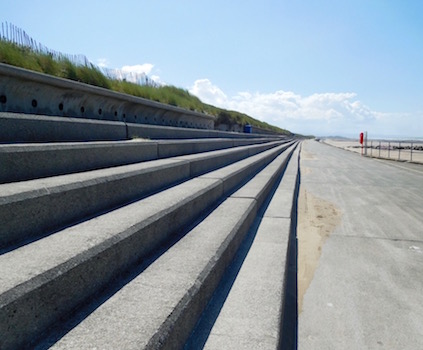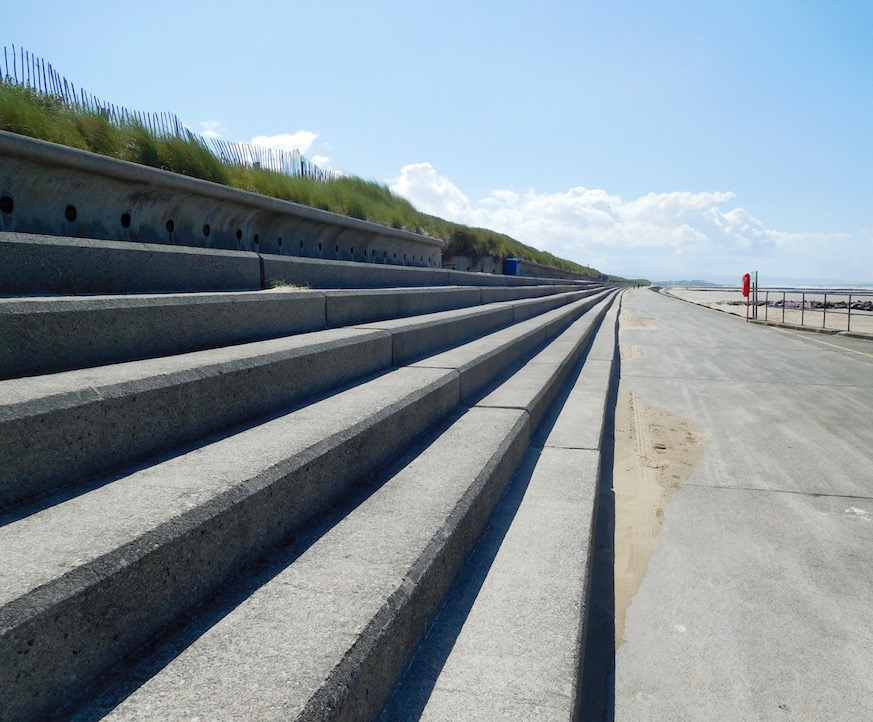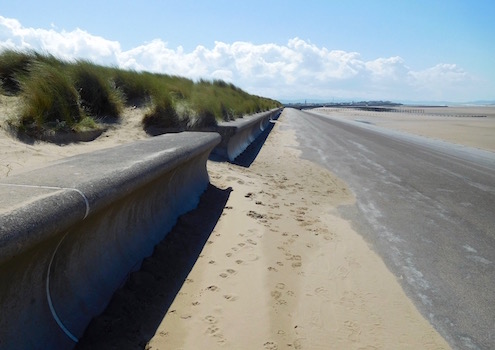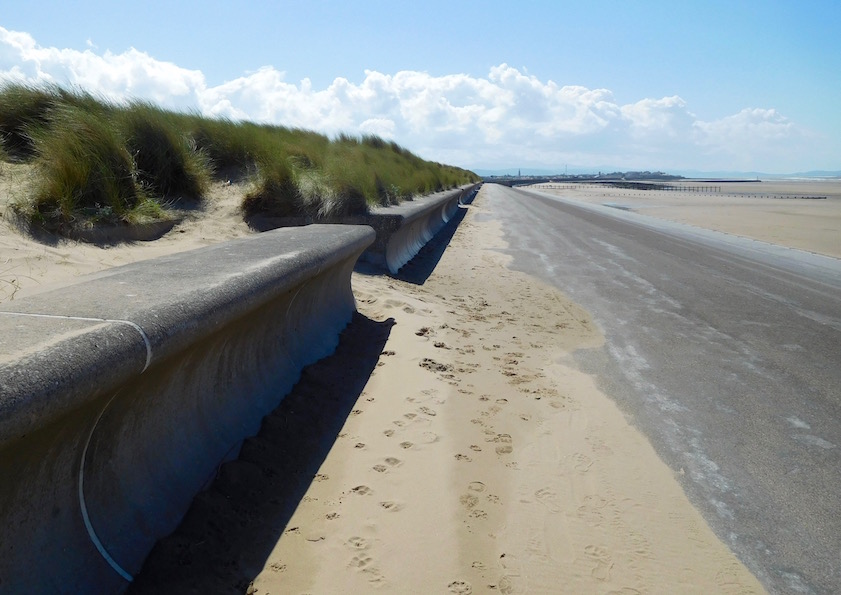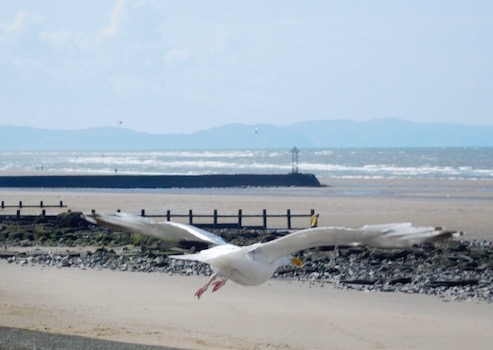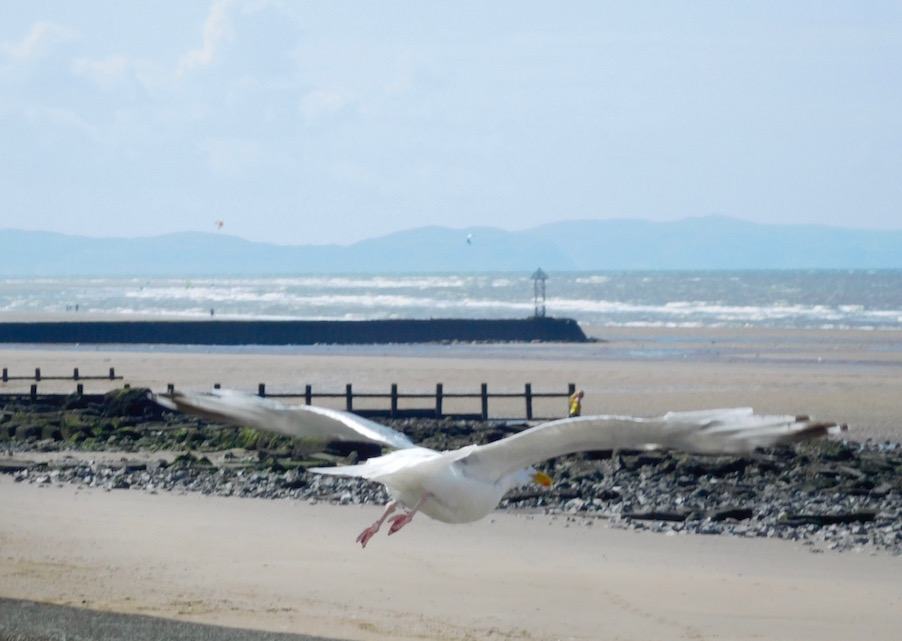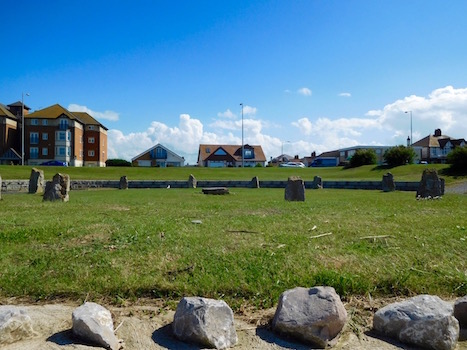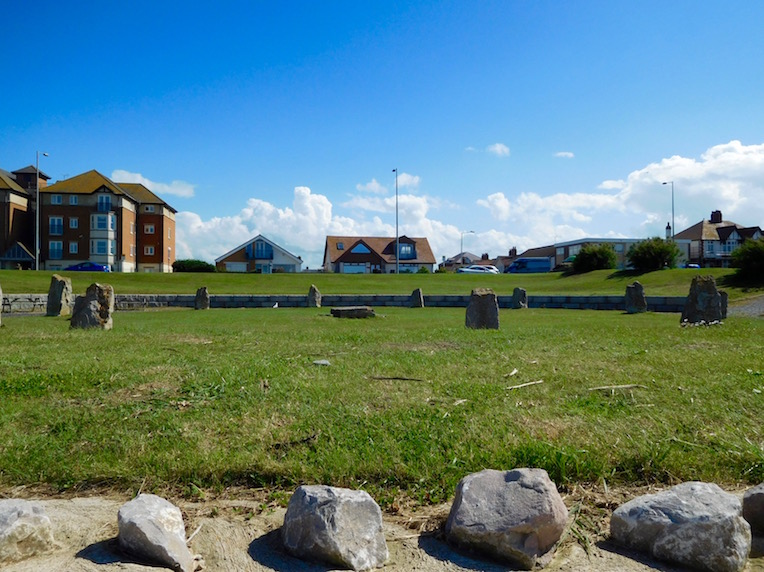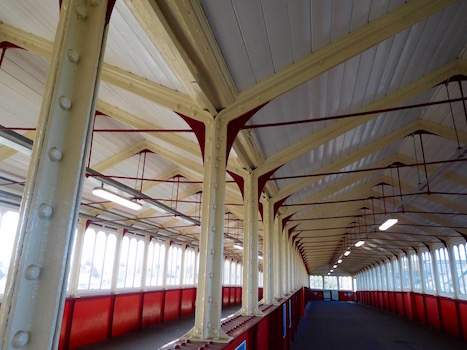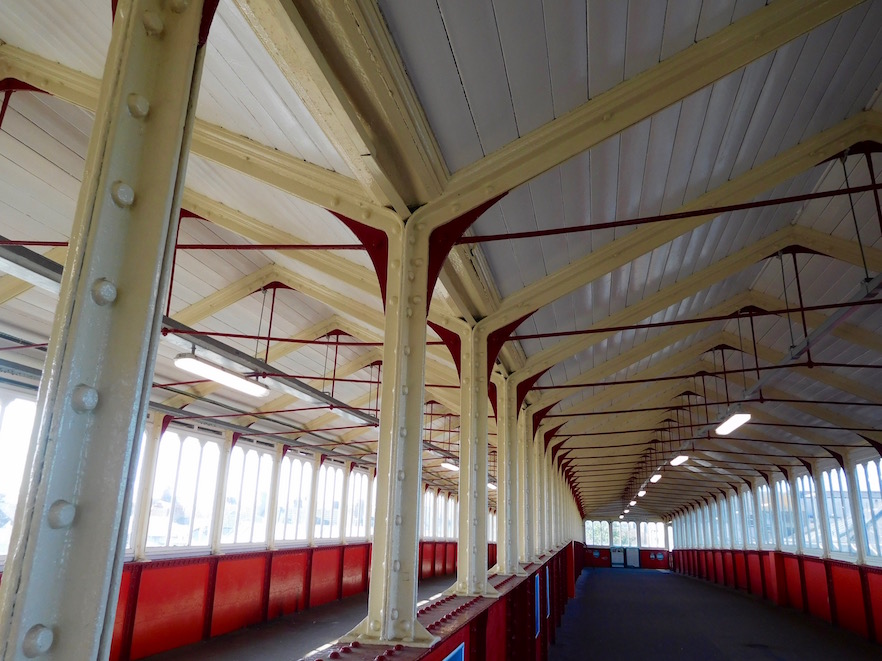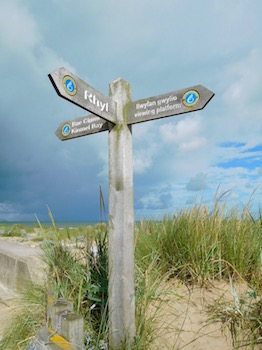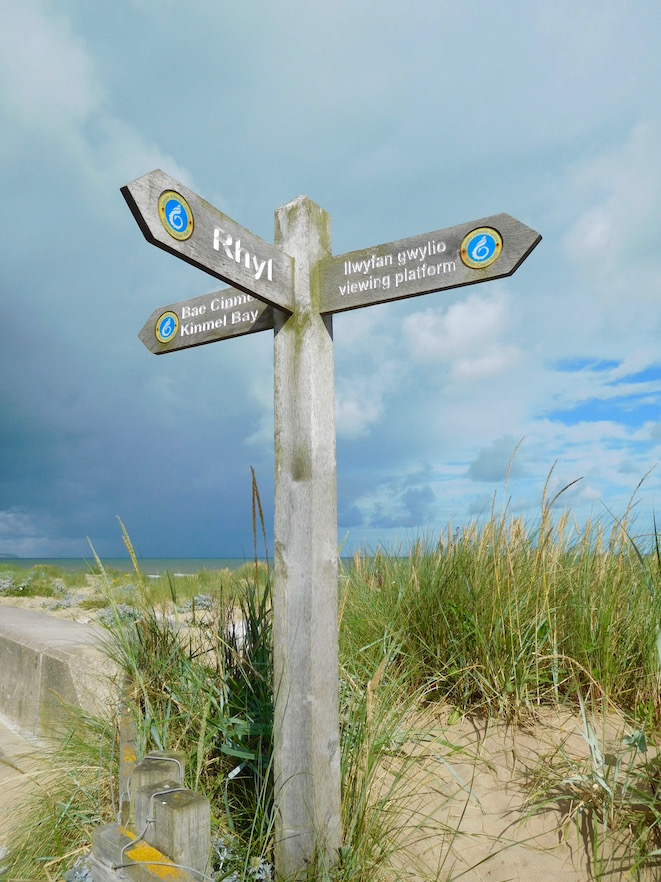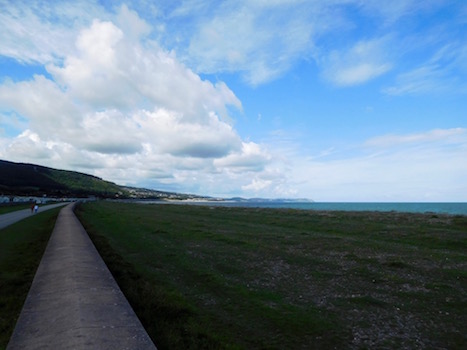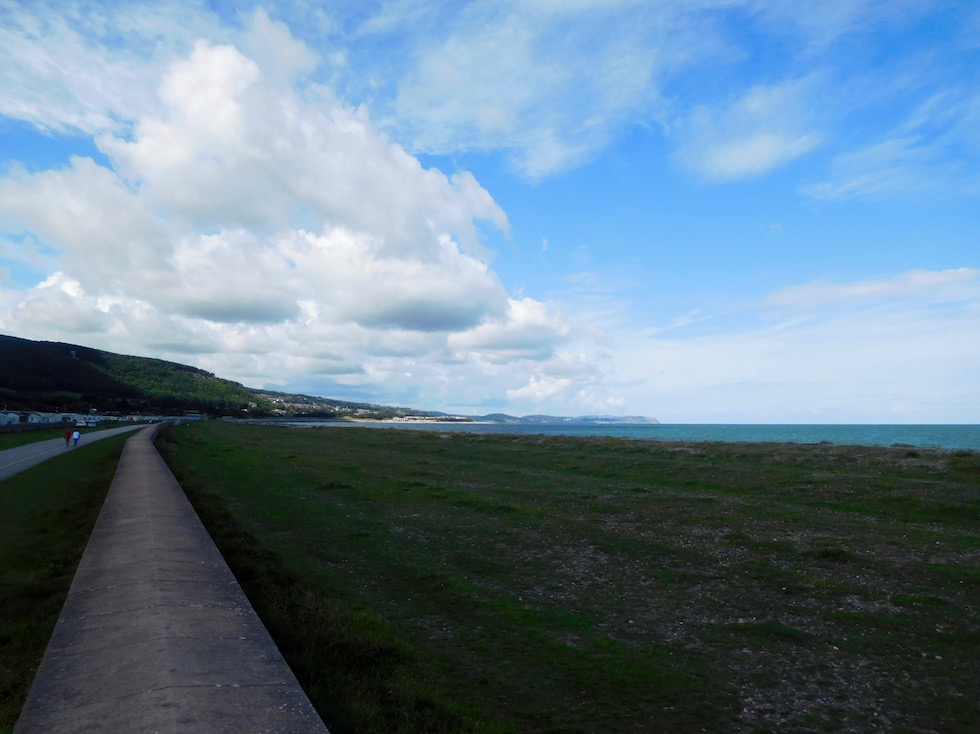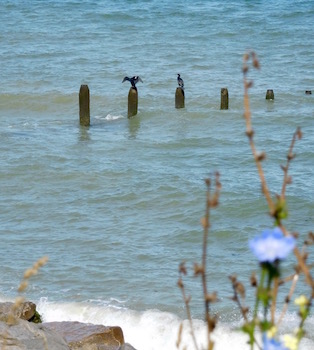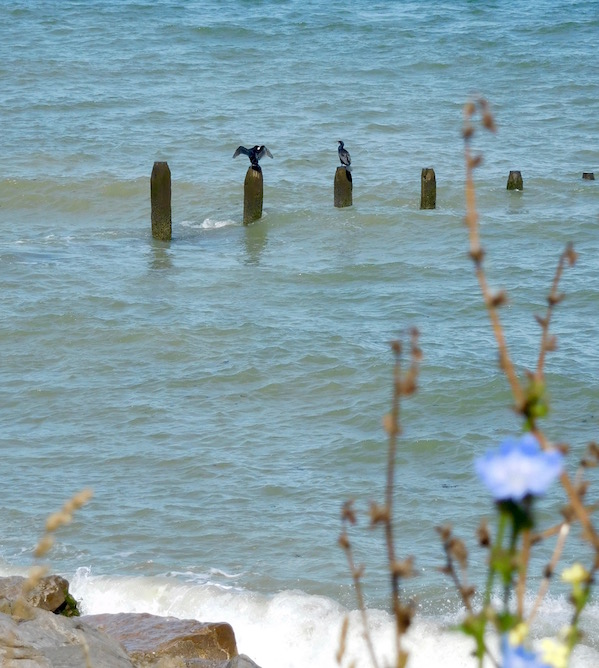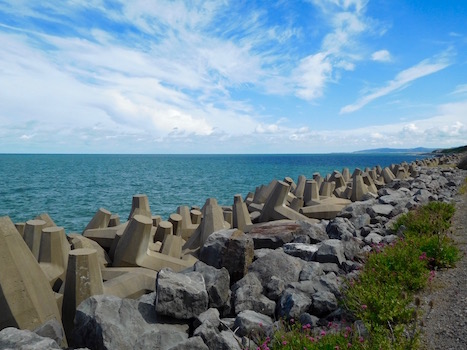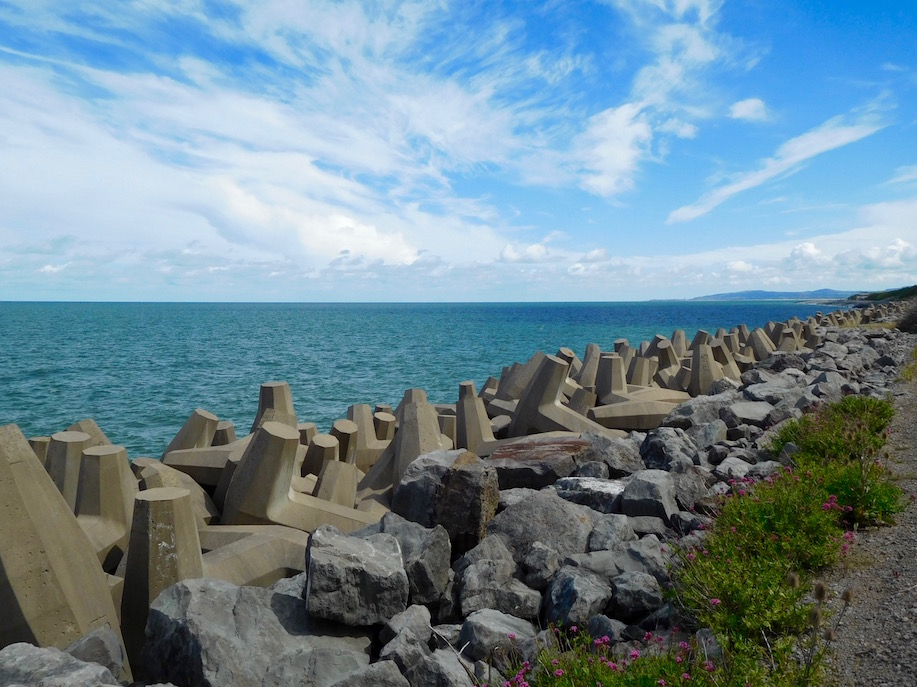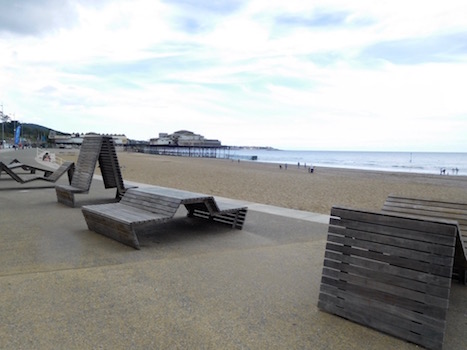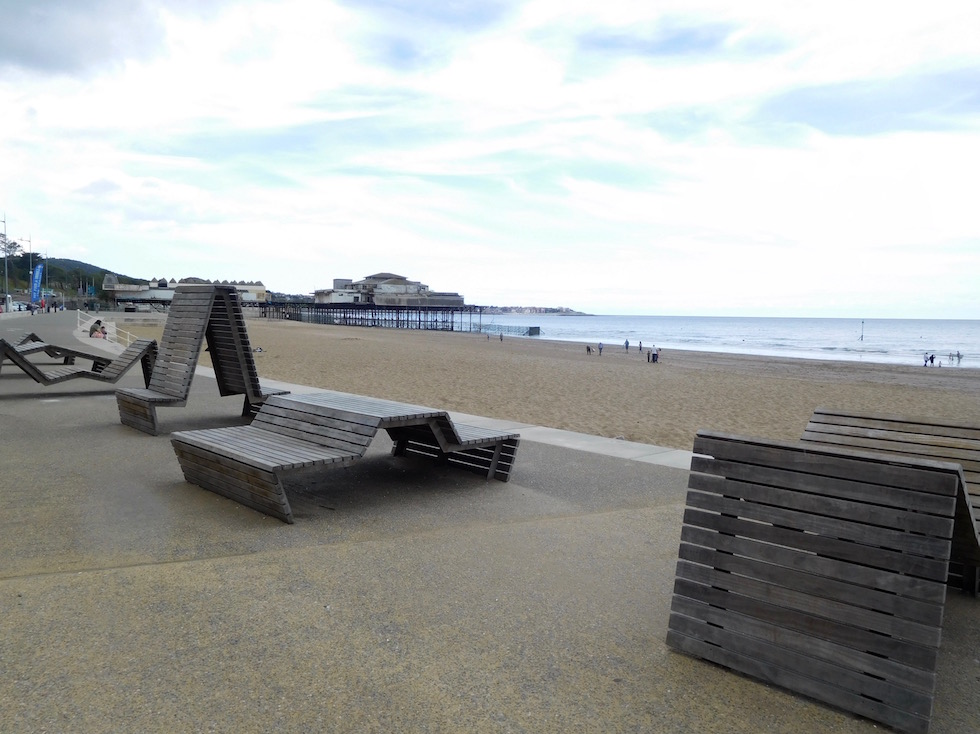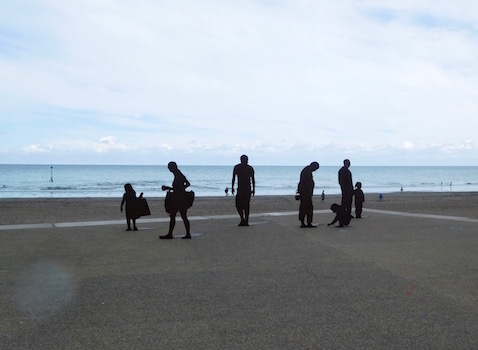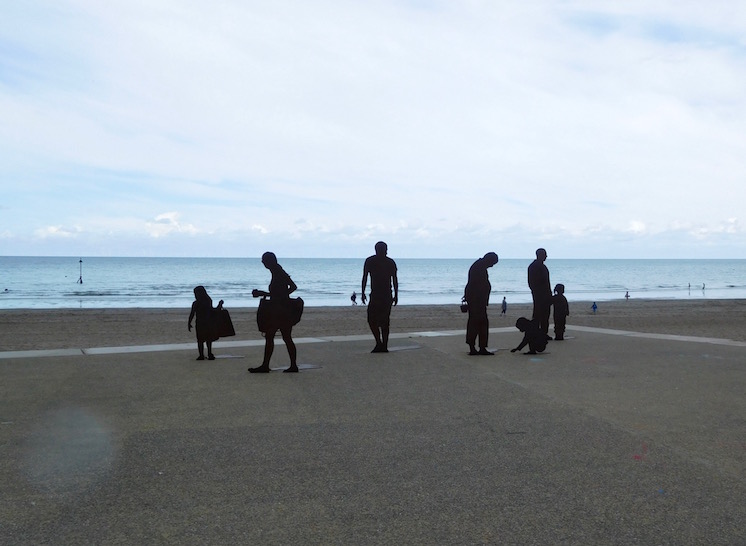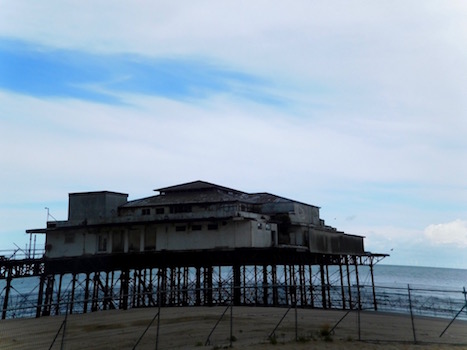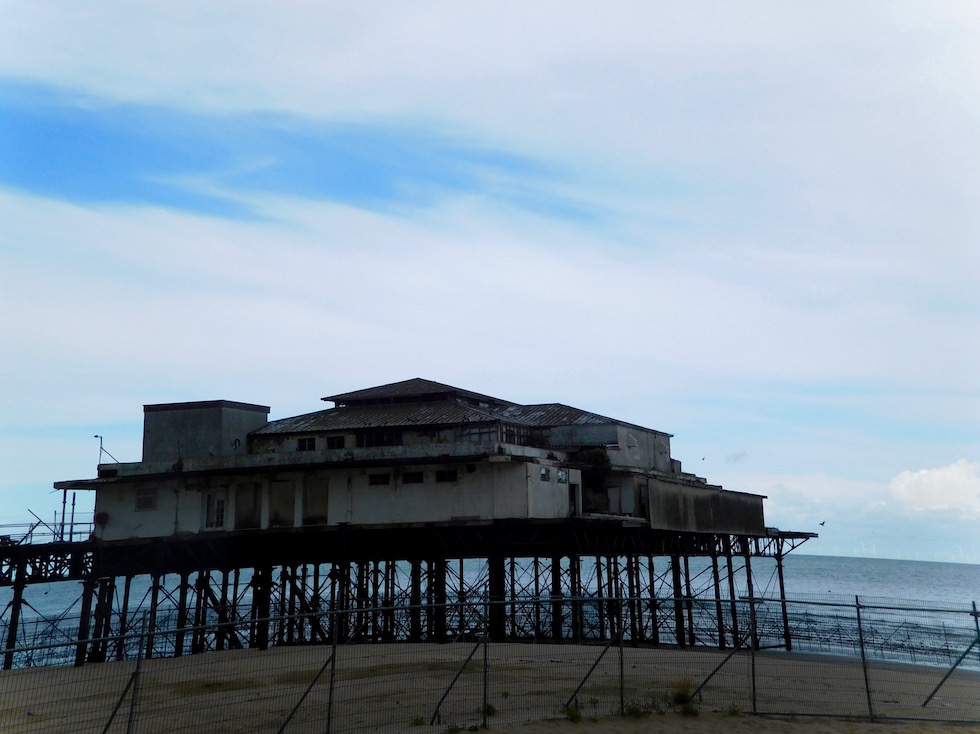Day 74
Prestatyn to Colwyn Bay: [distance] miles
Incorrect Thought of the Day: 300+ Miles isn't so bad
Reason: It is. Especially when your shoes have holes in them
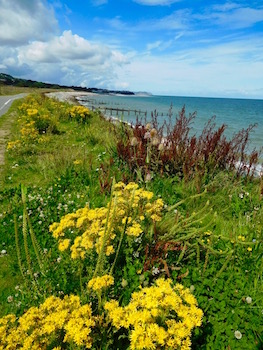
So, first things first - actually I walked from Prestatyn to Rhyl yesterday. I know, I know, I'm such a liar, but basically I finished up my edamame at the end of the Offa's Dyke Path and went left, continuing on to Rhyl. But the way I've done this website is breaking the whole thing up into the three sections of path, and this is on the Wales Coast Path not Offa's Dyke, so it just seemed easier to include it here.
In any case, this part of the north coast is really one gigantically long sea wall anyway - so my description won't vary all that much. Basically, I walked to Rhyl from Prestatyn along said sea wall, with views of the absolutely gigantic wind farm just off the coast. I tried a few times to count all the windmills - but they went past where I could see so couldn't really tell how many there were. A lot in any case.
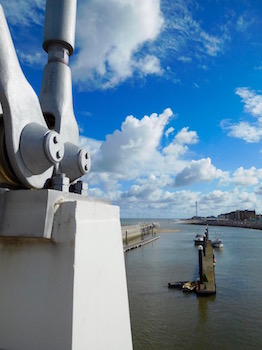
At home, I know there's a lot of debate about windmills 'ruining' beautiful landscapes and everything. I had a few thoughts about that today - ignoring the most obvious (it's just better for the environment argument). First, I thought they looked fine. They're far enough out to sea that the just become a fixture of the landscape (and you can boat out to them which would probably be fun). Second, this power needs to come from somewhere if we're to keep going on the way we do. Although I didn't mind the oil refineries of Milford Haven that much, frankly, the windmills are way preferable - the air for one thing, is so much cleaner here, and the likelihood of massive industrial accidents and environmental catastrophes is dramatically less if not zero. And you have to have one or the other. Third, at home at least, windmills only ever seem to become a 'nuisance' issue where they're 'ruining' the views of a few people with a lot of money. I do wonder why that is. The oil refineries, coal mines and shipping ports of the past have 'ruined' the views of many, many, many poor people, and also their health. And yet somehow clean wind power in someone with money's back yard is a problem. Odd how that happens. Almost like people feel like the environment should be nicer for rich people.
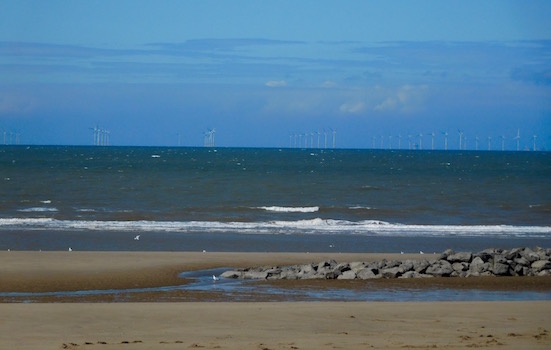
Anyway, the windmills don't seem to have dampened northeast Wales' carnival-like seaside atmosphere too much. Although they've probably seen better days, in this area mini-golf, arcades and fun fair rides abound. Speaking of fun-fair rides - every carnival I passed seemed to have a ride with a Wild West-themed tee-pee in it. I feel like I really don't understand the UK carnival-industry demographic on that one.
I know this is strange - but my favorite part of old seaside resorts like this are the train stations. At their heyday, these stations were the key to pretty much everything - they made these areas available to people in far flung regions of the UK who never would have been able to come there before. And if you look closely (under constant threat of being hit by a seagull) you can still see really awesome metalwork in them - lots of individualized beams and cornices and fancy gas lamps that would never be put in today in favor of uniformity and cost-cutting. In Rhyl you could see a lot of this - while the metalwork was hidden underneath netting to keep out birds, and the tops of the train station had been turned into what looked like a seagull metropolis - underneath it all was a showcase of what this town must have been like in days gone by.
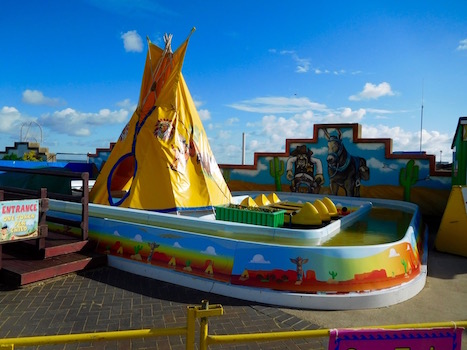
Speaking of which - a few fun facts about Rhyl (yay, informational signage!). First, it had a 'little Venice'. Apparently under one of the older buildings there was a canal network, where visitors could enjoy real gondola rides, and most importantly, piloted by 'real Italians' (no, that's what the sign really said). How you know something's good is when 'real Italians' are imported for it. As a side thought this may also explain why there seems to be a strangely large Italian immigrant population here (although I'm extrapolating from the number of actually good Italian restaurants and Italian-owned local gelato concerns).
In addition to this, you can find the wreck of a 19th century steam-powered submarine built by an 'eccentric clergyman' five miles offshore. And Rhyl is also the location of the start of the first flight across the Irish Sea - a feat apparently slightly overtaken in the news cycle by the fact that the Titanic had just sunk.

Further on, more seawalls
Moving on from Rhyl, you can start to see the inland mountain ranges of North Wales, and also the peninsula that Llandudno sits on jutting out into the sea. But my eye was also drawn to Gwrych castle, a seemingly sprawling castle perched just a bit inland, overlooking the sea and what is now a string of caravan parks.
It turns out this castle isn't actually that old - it was actually built in the 19th century and is mostly a facade. It's currently being restored - but what I thought was interesting is that after it was abandoned in the early 20th century, it was used in WWII as housing for Jewish refugees fleeing Hitler.
Thinking about what it must have been like to flee WWII Europe to be put in a refugee camp in a Welsh castle, I continued with my feet getting more and more sore from pounding on the concrete of this giant seawall. There were spots of interest - like apparently there's a reef being built by a rare type of honeycomb reef worm at one point; and at another there are these giant concrete things that look like jacks that each actually weigh several tons. And I also learned that apparently 5000 years ago, in the Bronze Age, the seashore was several miles further out - and the beach I was walking along was now forest, something you can still see some remains of at lower tides.

But mostly the scenery is relatively stable - though perfectly nice, until you get to Colwyn Bay's crumbling amusement pier. I really saw the larger part of Colwyn Bay the next day - but the initial introduction was via a giant crumbling ghost pier that could have been the location for a Scooby Doo episode, with a huge sign indicating that it was being reconstructed thanks to EU funds (if I haven't mentioned it before - most things here seem to be being reconstructed with EU funds - including the Wales Coast Path itself, so we'll see how that goes).
But for now, I followed the diversion that this construction was creating inland to end the day wondering what would become of all this work in the future. And also wondering why my camera now appeared to be taking wall-eyed photos of things. Both equally deserving my attention.

